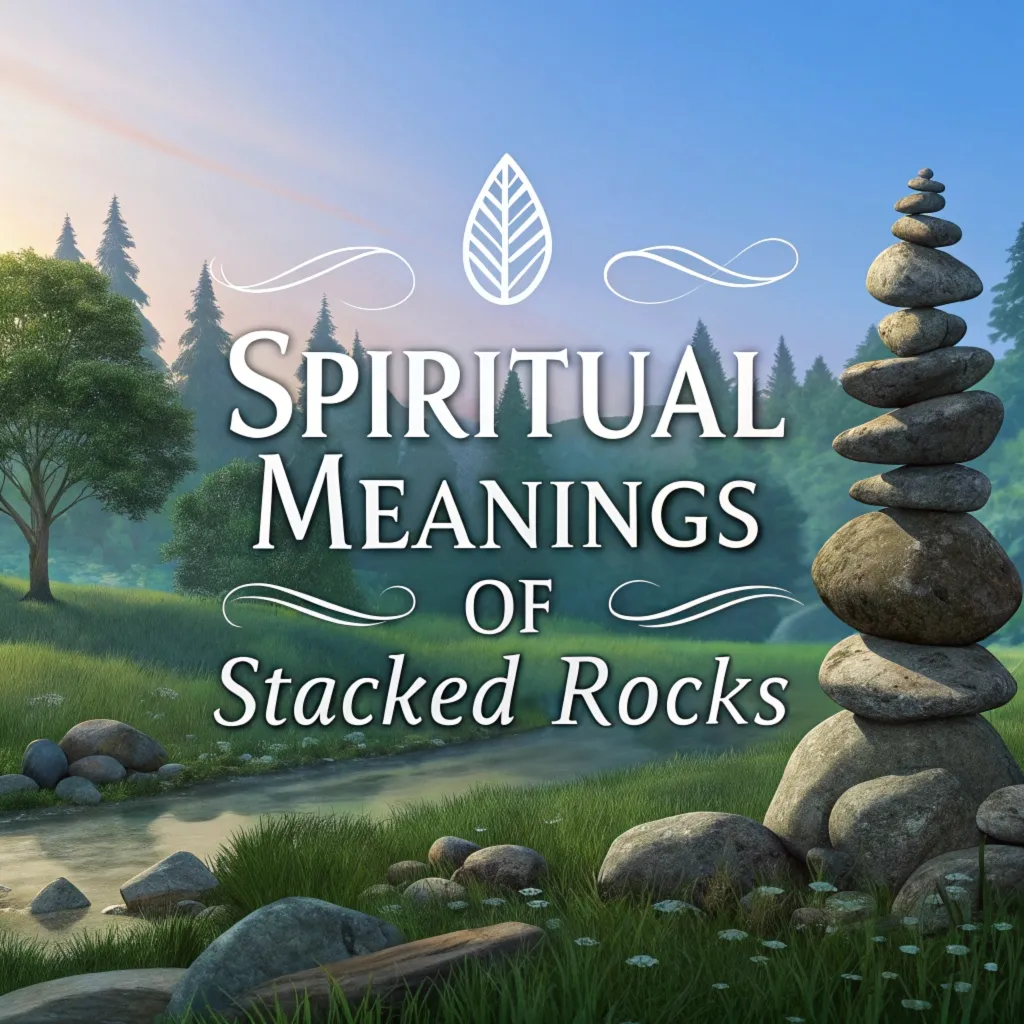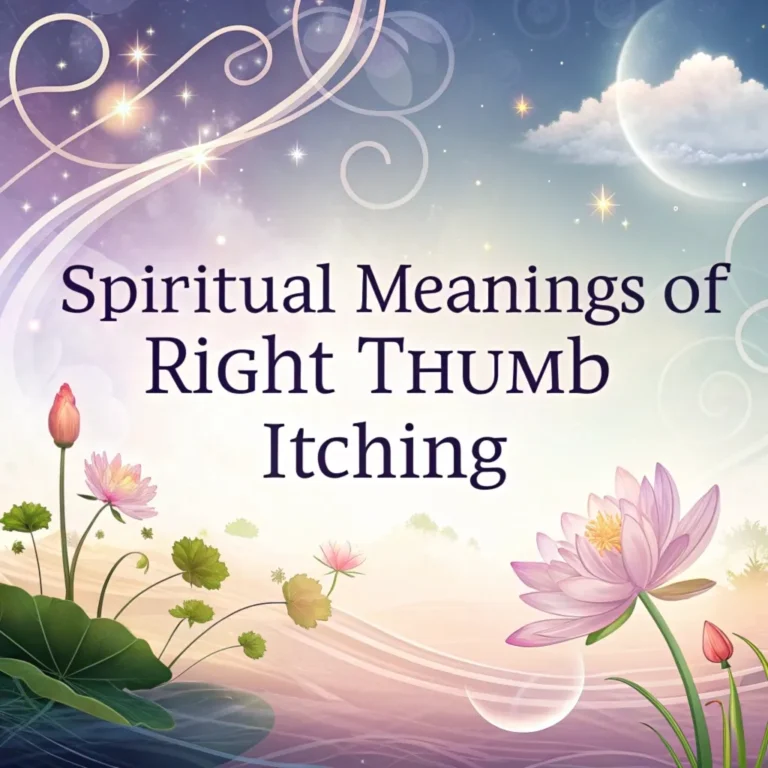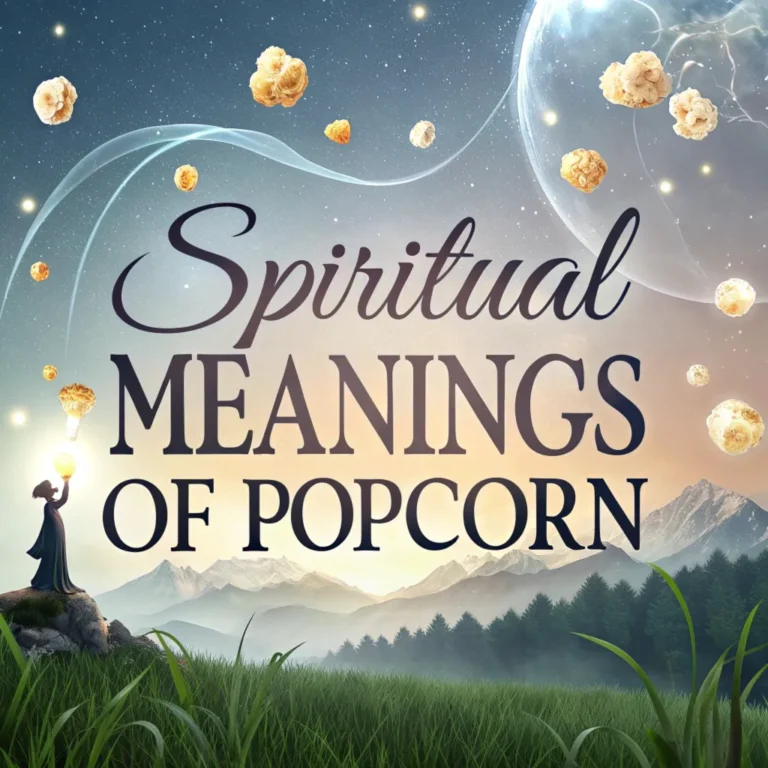14 Spiritual Meanings of Stacked Rocks: A Journey Through Ancient Traditions
The practice of stacking rocks, also known as cairn building, has deep roots in various cultures and spiritual traditions worldwide.
This ancient custom carries profound meanings that resonate with people across different beliefs and backgrounds.
In this post, we’ll explore the 14 spiritual meanings of stacked rocks, delving into their significance and the wisdom they offer to those who encounter them.
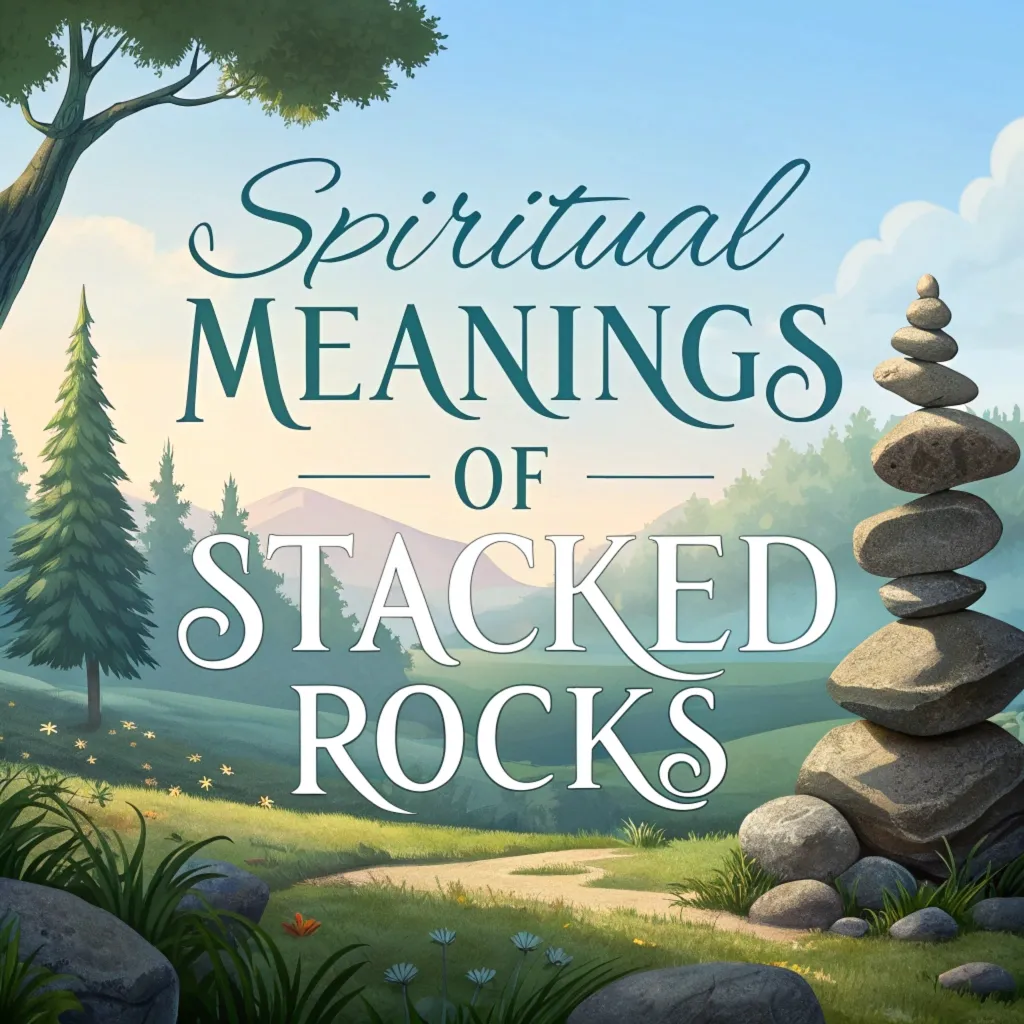
Key Takeaways: The Essence of Stacked Rocks
- Stacked rocks serve as powerful symbols of balance, guidance, and spiritual connection.
- They represent a bridge between the earthly and divine realms.
- Cairns often mark sacred spaces and serve as focal points for meditation and prayer.
- The act of stacking rocks can be a meditative practice in itself, promoting mindfulness and inner peace.
- These stone structures embody concepts of growth, unity, and hope.
- Across cultures, stacked rocks hold diverse spiritual meanings, from memorials to expressions of gratitude.
- Creating or encountering a cairn can be a transformative experience, encouraging reflection and spiritual awareness.
- The impermanence of stacked rocks reminds us of life’s transient nature and the importance of living in the present.
- Cairns serve as silent teachers, imparting lessons about balance, patience, and perseverance.
- The practice of rock stacking connects us to ancient wisdom and the enduring human quest for meaning.
The Universal Language of Stone
Stacked rocks speak a universal language that transcends cultural boundaries. These simple yet profound structures have been used for millennia to convey messages, mark trails, and serve as focal points for spiritual practices.
The act of carefully balancing stones atop one another creates a visual metaphor for the delicate equilibrium we seek in our lives and our connection to the natural world.
The art of rock stacking has been practiced by diverse cultures, from the Inuit in the Arctic to the Buddhists in Tibet.
Each tradition brings its own unique interpretation to this ancient practice, yet the core essence remains the same: a tangible expression of humanity’s relationship with the earth and the cosmos.
In modern times, the resurgence of interest in rock stacking reflects a collective yearning for connection and meaning in an increasingly digital world.
It serves as a bridge between past and present, inviting us to pause and reflect on our place in the grand tapestry of existence.
Balance and Harmony
One of the primary spiritual meanings of stacked rocks is the representation of balance and harmony. Each stone in a cairn must be carefully placed to maintain stability, mirroring the delicate balance we strive for in our own lives.
This practice teaches us the importance of finding equilibrium between our physical, mental, and spiritual selves.
The act of balancing rocks requires patience, focus, and a gentle touch. It serves as a metaphor for life, reminding us that achieving harmony often requires careful adjustment and a willingness to work with the natural properties of our circumstances.
As we stack rocks, we learn to embrace imperfection and find beauty in the precarious. This practice encourages us to apply the same principles to our daily lives, seeking balance in our relationships, work, and personal growth.
Guidance and Direction
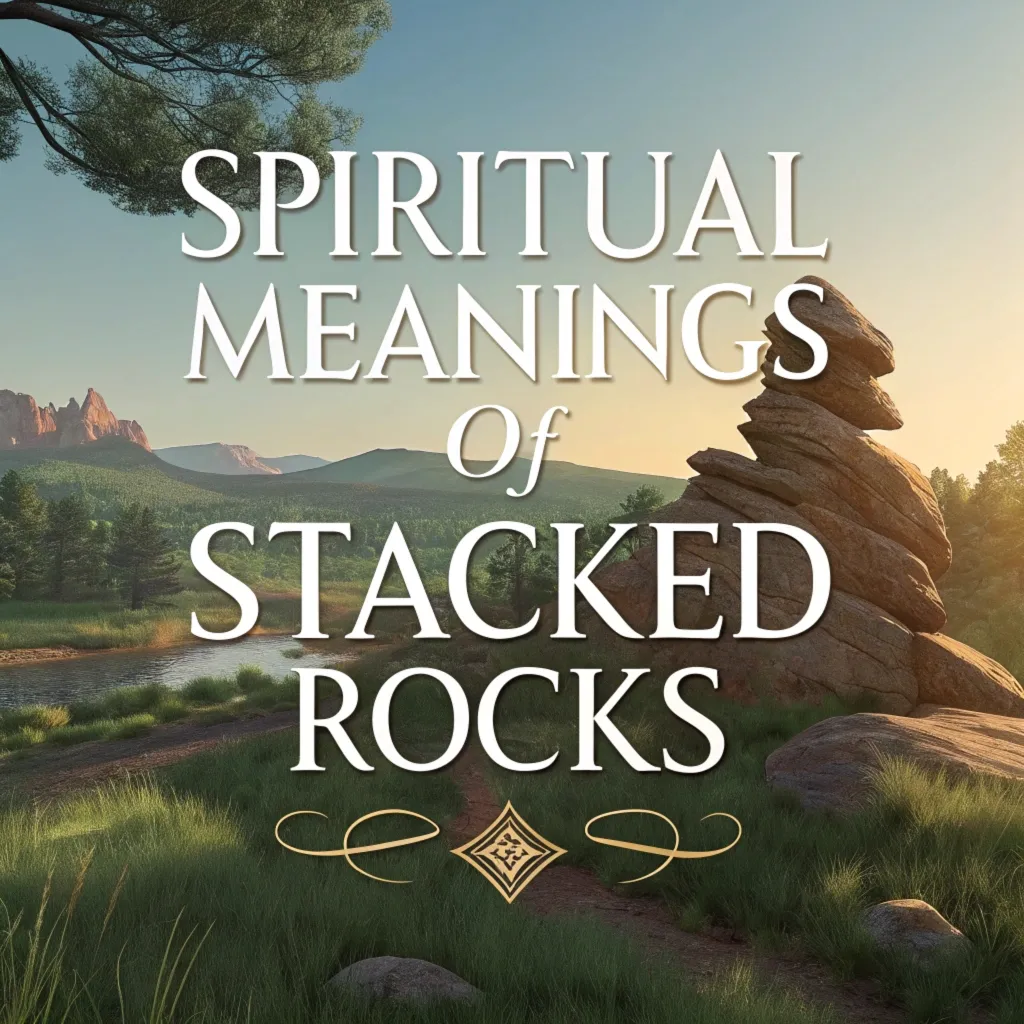
In many traditions, stacked rocks serve as trail markers, guiding travelers through challenging terrains. This practical use extends to the spiritual realm, where cairns symbolize divine guidance and the support we receive from those who have walked the path before us.
They remind us that even in life’s most difficult journeys, there are signs to help us find our way.
The presence of a cairn on a difficult path can offer comfort and reassurance to weary travelers.
It stands as a testament to those who have come before, silently encouraging us to press on. In our spiritual lives, these stacked rocks can represent the wisdom of teachers, ancestors, and our own inner guidance.
Cairns teach us to trust the journey, even when the destination is not clear. They remind us to look for signs and synchronicities that may be guiding us toward our true path.
Connection to the Earth
The act of stacking rocks creates a tangible connection to the earth. By handling and arranging stones, we engage with the ancient energy of the planet, grounding ourselves in the present moment. This practice helps us feel more rooted and connected to the natural world around us.
As we select and stack rocks, we become intimately aware of their textures, weights, and unique characteristics.
This tactile experience fosters a deep appreciation for the diversity and beauty of the natural world, encouraging us to become more mindful stewards of the environment.
The grounding effect of working with stones can be particularly beneficial in our fast-paced, technology-driven world. It offers a moment of pause and reconnection with the elemental forces that shape our planet.
Meditation and Mindfulness
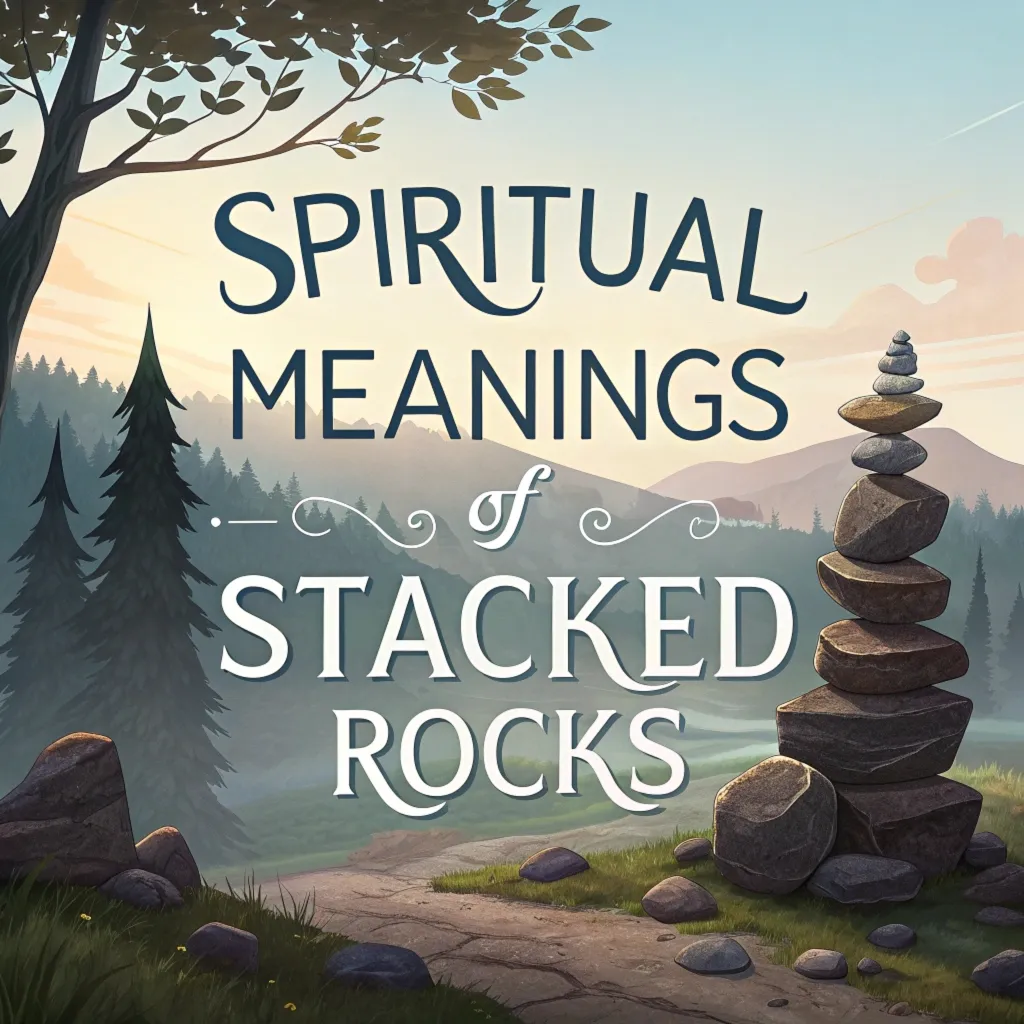
Creating or observing a stack of rocks can be a form of moving meditation. The focus required to balance stones cultivates mindfulness and presence, allowing us to quiet our minds and connect with our inner selves.
This meditative aspect of rock stacking offers a path to tranquility and self-reflection.
The practice of mindfulness through rock stacking encourages us to be fully present in the moment.
As we carefully select and place each stone, our attention is drawn to the here and now, freeing us from worries about the past or future.
This meditative practice can lead to insights and clarity, as the act of balancing rocks mirrors the process of bringing balance to our thoughts and emotions.
Honoring the Divine
In many spiritual traditions, stacked rocks serve as altars or offerings to the divine. These structures become focal points for prayer and contemplation, creating sacred spaces in natural settings.
By building or encountering these cairns, we acknowledge the presence of something greater than ourselves.
The vertical nature of stacked rocks is often seen as a symbol of ascension, representing our spiritual journey towards higher consciousness. Each stone placed can be viewed as a prayer or intention, building a physical manifestation of our devotion and aspirations.
Creating or maintaining a cairn can be a form of active worship, allowing us to engage in a tangible expression of our faith and reverence for the divine.
Marking Sacred Space
Stacked rocks often demarcate sacred areas or sites of spiritual significance. They act as boundaries between the mundane and the sacred, inviting those who pass by to pause and recognize the holiness of the ground they stand upon.
This practice transforms ordinary places into spaces of reverence and reflection.
The presence of a cairn can signal to visitors that they are entering a place of special importance. It serves as a silent invitation to adjust one’s behavior and mindset, encouraging a more contemplative and respectful approach to the surrounding environment.
In some traditions, the act of adding a stone to an existing cairn is seen as a way to connect with the sacred energy of the place and those who have visited before.
Symbol of Growth and Progress
Each stone added to a cairn represents a step forward in personal growth or spiritual development. The vertical nature of stacked rocks symbolizes our aspirations and the continuous journey towards higher consciousness.
As we build or observe these structures, we are reminded of our own capacity for growth and transformation.
The process of building a cairn can be seen as a metaphor for personal development. Just as we carefully select and place each stone, we make choices and take actions that contribute to our growth. The stability of the structure depends on the foundation we lay and how we build upon it.
Observing or creating a cairn can inspire us to reflect on our own progress and the steps we need to take to reach our goals and aspirations.
Unity and Collective Effort
A cairn is more than the sum of its parts. The collective strength of the stacked stones represents the power of unity and collaboration.
This spiritual meaning teaches us about the importance of community and working together towards common goals, both in our personal lives and in society at large.
Each stone in a cairn supports and is supported by the others, creating a structure that can withstand more than any single stone could on its own. This serves as a powerful reminder of the strength we find in community and the importance of mutual support.
The practice of cairn building can be a collaborative activity, bringing people together in a shared purpose and fostering a sense of connection and belonging.
Impermanence and Letting Go
The temporary nature of stacked rocks serves as a powerful reminder of life’s impermanence. Wind, water, or even a curious passerby can easily topple a cairn, teaching us the Buddhist principle of non-attachment.
This aspect of rock stacking encourages us to appreciate the present moment and practice letting go.
Observing the natural cycles of creation and destruction in cairns can help us develop a more accepting attitude towards change in our own lives. It reminds us that all things are transient and that beauty can be found in the ephemeral.
This lesson in impermanence invites us to focus on the process rather than the outcome, finding joy and meaning in the act of creation itself, regardless of how long the result may last.
Gratitude and Remembrance
Many people stack rocks as an expression of gratitude or to commemorate significant events or loved ones.
These cairns become physical manifestations of our memories and appreciation, serving as reminders of the blessings in our lives and the people who have touched our hearts.
Creating a cairn as an act of gratitude can be a powerful way to externalize our feelings of thankfulness.
Each stone placed can represent a specific blessing or person we are grateful for, creating a tangible representation of our appreciation.
For those who have lost loved ones, building a cairn can be a meaningful way to honor their memory and create a physical space for reflection and connection.
Bridging Worlds
Stacked rocks are often seen as bridges between the earthly and spiritual realms. Their vertical structure symbolizes the connection between heaven and earth, reminding us of our dual nature as physical beings with spiritual essence.
This meaning encourages us to seek balance between our worldly responsibilities and spiritual aspirations.
Cairns can serve as points of meditation on the interconnectedness of all things. They stand as physical reminders of the invisible threads that link the material and spiritual aspects of our existence.
By creating or encountering these structures, we are invited to reflect on our place in the greater cosmos and the ways in which we can align our earthly lives with our higher purpose.
Hope and Intention Setting
Building a cairn can be an act of setting intentions or manifesting hopes for the future. Each stone placed represents a wish or goal, with the completed structure standing as a physical affirmation of our desires.
This practice helps us focus our energy and visualize positive outcomes in our lives.
The process of selecting stones and carefully balancing them can be a meditative ritual for clarifying our intentions and committing to our goals. As we build the cairn, we externalize our inner desires, making them more tangible and real.
Returning to a cairn built with intention can serve as a powerful reminder of our commitments and aspirations, helping us stay focused and motivated on our path.
Ancestral Wisdom and Continuity
Stacked rocks connect us to ancient practices and the wisdom of our ancestors. By engaging in this timeless activity, we participate in a tradition that spans cultures and generations.
This connection to our roots provides a sense of continuity and belonging in an ever-changing world.
The act of stacking rocks links us to a long lineage of human expression and spiritual practice. It reminds us that despite technological advances, we share fundamental needs and experiences with our ancestors.
Engaging in this ancient practice can help us tap into collective wisdom and find guidance from the past as we navigate the challenges of the present and future.
FAQs About the Spiritual Meanings of Stacked Rocks
What is the origin of stacking rocks as a spiritual practice?
The practice of stacking rocks has roots in various ancient cultures, including Native American, Buddhist, and Celtic traditions. It has been used for centuries as a way to mark trails, create memorials, and engage in spiritual rituals.
Is it okay to stack rocks in natural areas?
While rock stacking can be a meaningful practice, it’s important to consider the environmental impact. In some areas, excessive rock stacking can disrupt ecosystems or confuse hikers. Always check local guidelines and practice Leave No Trace principles when in nature.
How can I incorporate rock stacking into my spiritual practice?
You can start by finding a quiet place in nature or even in your garden. Choose stones that speak to you and stack them mindfully, focusing on your breath and intentions. Use this time for reflection, gratitude, or setting goals.
What should I do if I encounter a stack of rocks on a trail?
If you come across a cairn on a trail, it’s best to leave it as you found it. These structures may be important trail markers or have spiritual significance to others. Take a moment to appreciate its presence and reflect on its possible meanings.
Can stacking rocks help with stress relief?
Yes, the act of carefully balancing rocks can be very meditative and calming. It requires focus and patience, which can help reduce stress and promote mindfulness. Many people find it to be a relaxing and centering activity.
The practice of stacking rocks offers a rich tapestry of spiritual meanings that can enhance our connection to nature, ourselves, and the divine.
Whether you choose to build cairns or simply appreciate them when you encounter them, these silent stone structures have much to teach us about balance, perseverance, and the interconnectedness of all things.
By understanding and respecting the spiritual significance of stacked rocks, we open ourselves to profound insights and moments of reflection in our daily lives.

Susan is the founder of Soulful Meanings, a platform dedicated to exploring spiritual concepts and meanings. Susan believes in the power of understanding spiritual symbols and practices to foster connection and self-discovery. Through her writing, she aims to inspire others to embrace their unique paths and deepen their spiritual awareness.

